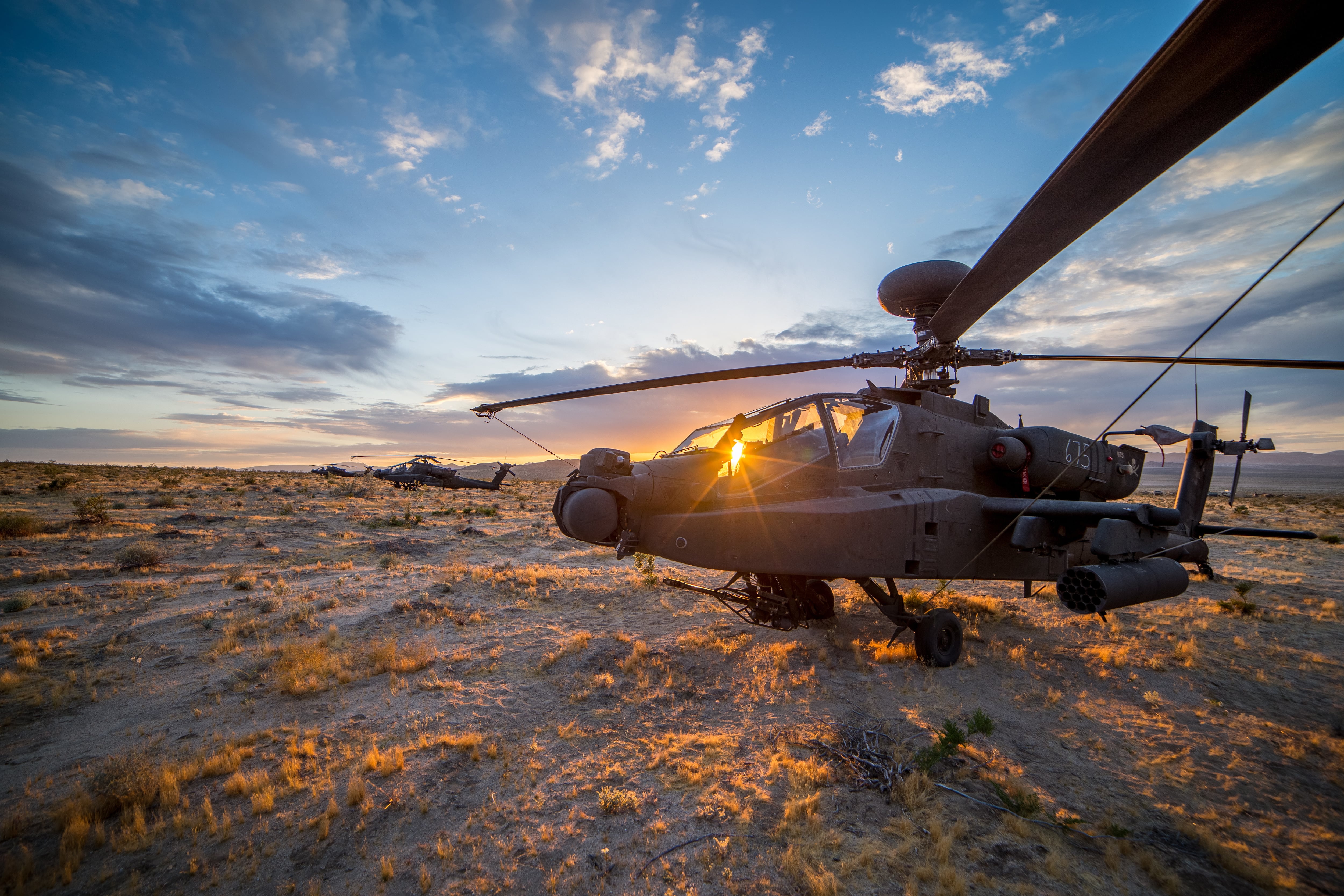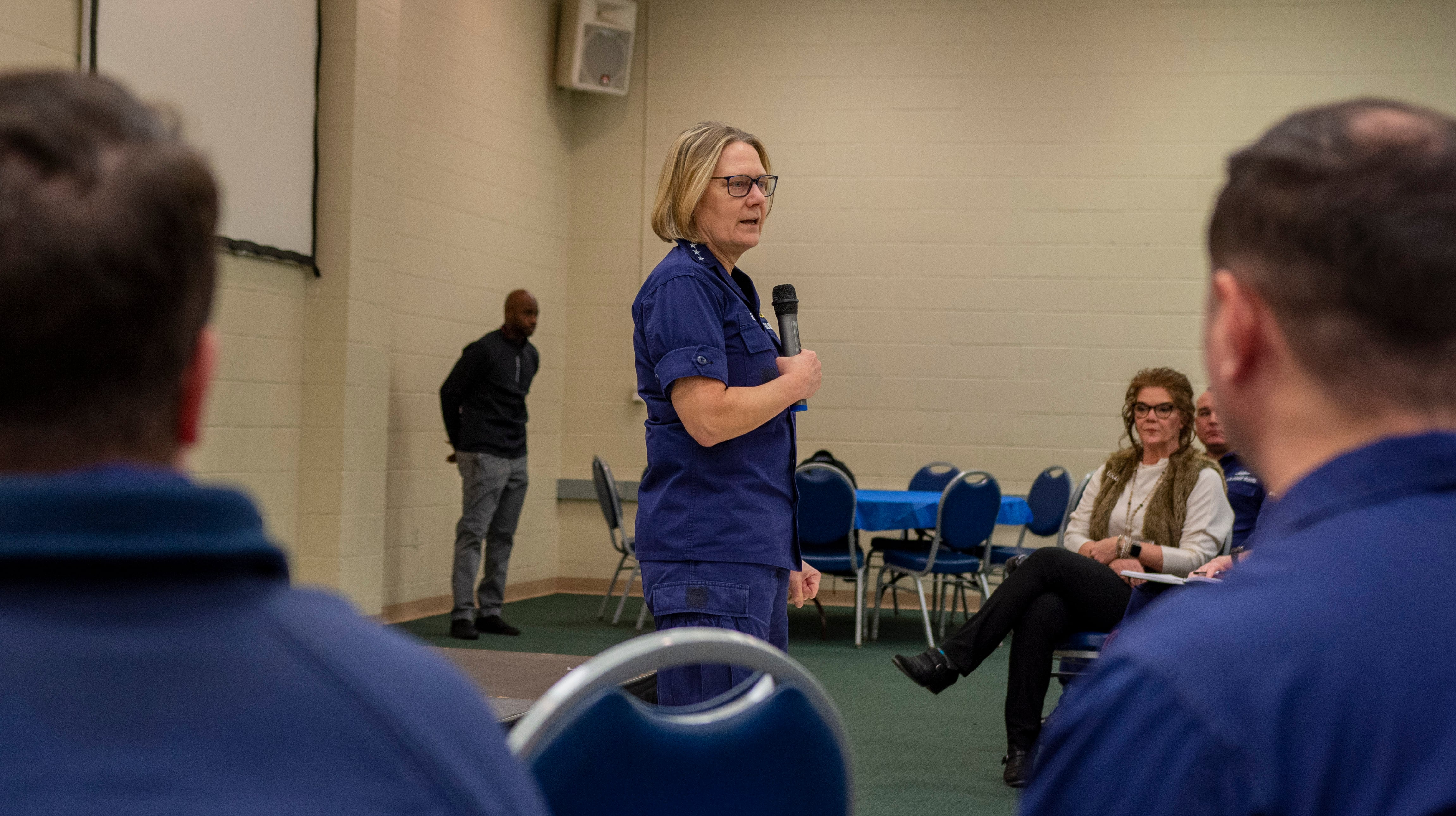WASHINGTON — The U.S. Army is delaying the integration of Javelin anti-tank missiles onto the Stryker combat vehicle due to problems in connecting the weapon to the Remote Weapons Station, according to Col. Bill Venable, the service’s program manager for the Stryker combat vehicle.
The service has been working to mount Javelins on the Stryker along with a 30mm cannon as part of a joint urgent operational need from the European theater.
The Stryker Infantry Combat Vehicle Dragoon was evaluated by the 2nd Cavalry Regiment in Germany and the Army subsequently decided to field 30mm cannons on more of its Stryker vehicles going forward. The service initiated a competition earlier this year to come up with designs to integrate the gun onto the vehicle.
The Army incorporated a Javelin capability into the Stryker, but it required the vehicle to stop and the operator to get out and fire the system and climb back into the vehicle. There is also a version that uses the Common Remote Weapons Station (CROWS) in operation by the 2nd Cavalry.
While the Army expected to complete the integration of the Javelin system on the Stryker using RWS later this year, it has delayed the effort by over a year.
Integrating Javelin and the remote weapon stations has “a specific set of constraints for this vehicle,” Venable told Defense News in an interview at the Association of the U.S. Army’s annual conference.
The service is taking the highly-capable and long-fielded Javelin and integrating it onto a remote weapons station that is also fielded. The RWS system is actually being taken from the flat-bottom Stryker fleet and being upgraded to accommodate the weapon.
“We have some technical risk that we’re managing. I think it’s safe to say that we’re going to slip fielding from this summer,” Venable said. “Because of the technical risk encountered in this latest test cycle, we’re going to have to slip the fielding cycle.”
RELATED

The issues cropped up in the Army’s early user assessment three weeks ago, he said.
The technical difficulties have been fixed, Venable said, but the system has to get back into the test cycle and move through a materiel release approval process to get to fielding, Venable said.
“Other than that, I think the capability itself works great, the technical risk wasn’t associated with and we validated our functionality of the system,” he added. “It’s just marrying up the two, getting them to talk to each other and the fire control stations down below in the hull.”
Getting all of that integrated into a new suite of computing and presentation capabilities has “been technically challenging for the team,” Venable said.
The plan now is to field the capability to the 2nd Cavalry next summer and then to the 1-2 Stryker Brigade Combat Team at Joint Base Lewis-McChord, Washington, the following summer.
Jen Judson is an award-winning journalist covering land warfare for Defense News. She has also worked for Politico and Inside Defense. She holds a Master of Science degree in journalism from Boston University and a Bachelor of Arts degree from Kenyon College.
Jeff Martin is the Associate Editor for Multimedia and the host & producer of Defense News Weekly, airing online and on American Forces Network worldwide. In his role as Associate Editor, he reports worldwide on the military and defense industry and leads a market-leading multimedia team.





